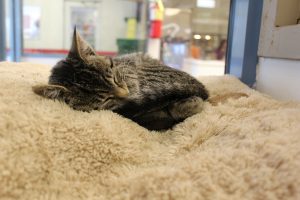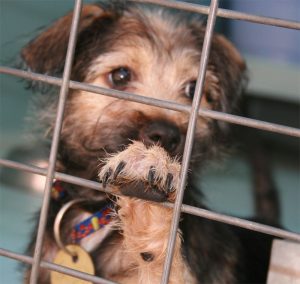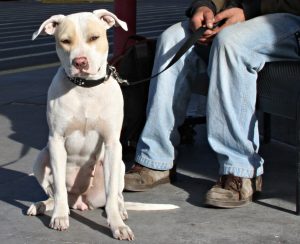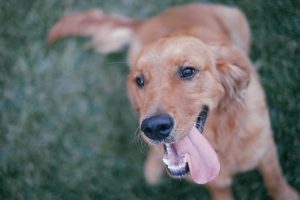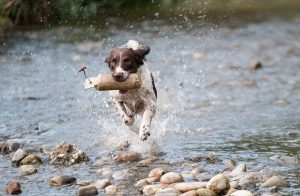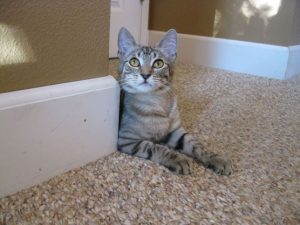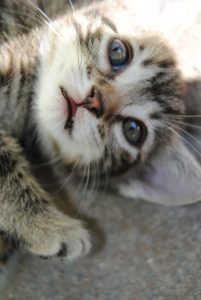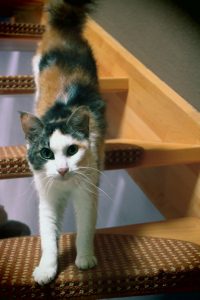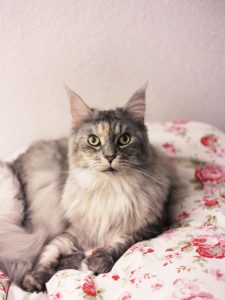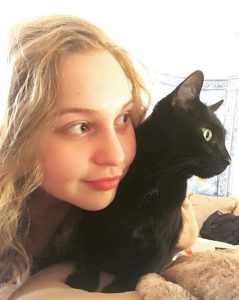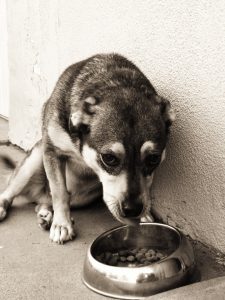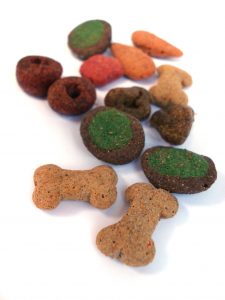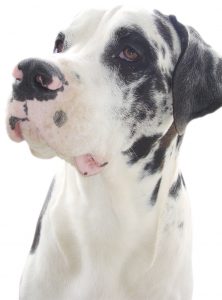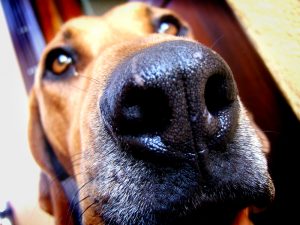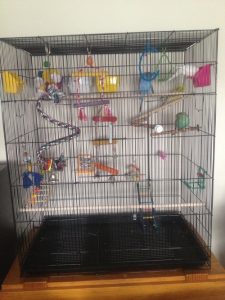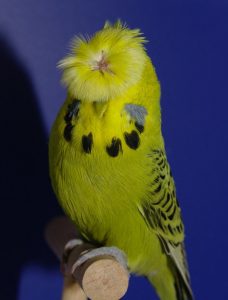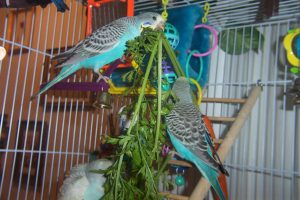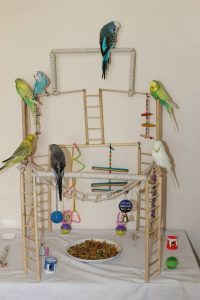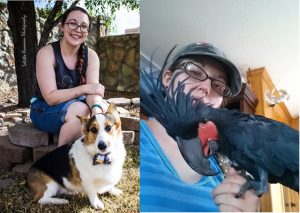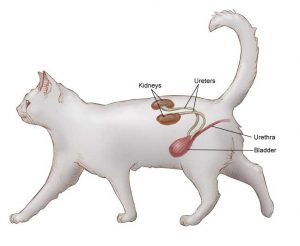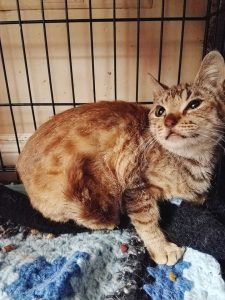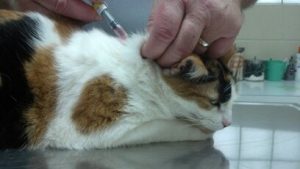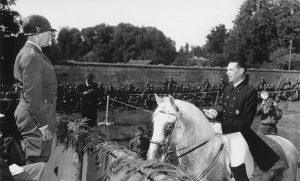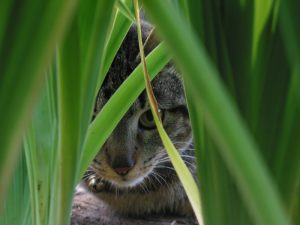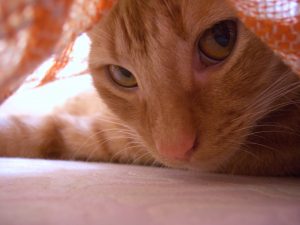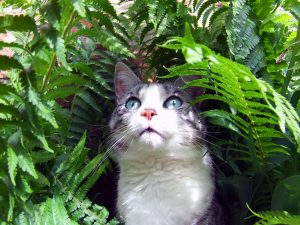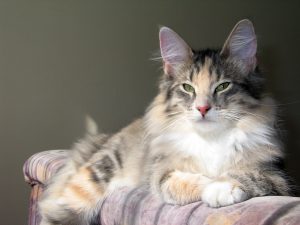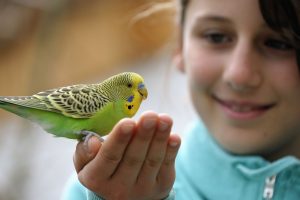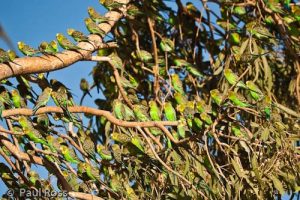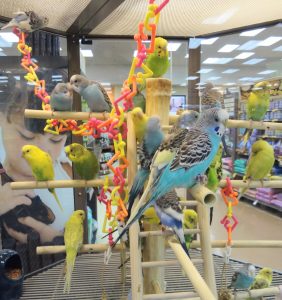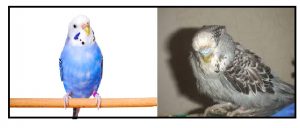Celebrate Christmas in July by donating to your favorite charities in the middle of the year! It appears that many people are often the most charitable during “holiday season”: Thanksgiving, Christmas, and New Years being the top time where most donations are given. While this is a wonderful thing to do, it is important to remember that charities need donations all year long, not just during the holidays. Animal shelters and sanctuaries often struggle during the summer months because they receive far fewer donations than in winter. Many other notable organizations require year-round fundraising and charity events because they simply do not have the funds to function how they would like to in the summer. Here are a few things you can do to help your favorite charities all year long!
Monthly Donations
In your monthly budget, set aside a small amount, even just $10, to donate to your favorite shelter or sanctuary at the end of each month. You can do this as a cash donation, or you can purchase products that your charity might need. Real Simple explains, “As you consider how much to give, the first thing to remember is that everyone’s financial situation is personal. For most people, donations don’t exceed 2 percent of their total annual income, but decide for yourself whether this works for you. Those who tithe often donate 10 percent or more, but this is best planned and saved up for during the year.” You have to make sure you can afford to donate as much as you want to. Some people have a naturally generous spirit, but they may not have as much money in the bank as their donating desires require.
Network for Good also advises that you should, “Give generously when you can, but if you’re unsure or feel uncomfortable…ask for more information and take more time to think before making your decision. Be a proactive giver! You don’t have to wait to be asked. Plan a giving strategy in advance. Contact the charitable organizations of your choice to discuss how your gifts can be most effectively used and help make a difference in your community.” Do your research, math, and budget before you make a change in how much money is going out of your account.
Charity Wish Lists
You can also donate purchased products to certain charities and shelters. For example, one of our favorite sanctuaries, Safe Haven Animal Sanctuary, has a list of products that they require all year round. These products include:
- Walmart/Sam’s Gift Cards
- Friskies Canned Cat Food
- Meow Mix Original Dry Cat Food
- Alpo or Purina Canned Dog Food
- Laundry Detergent
- Cat Clumping Litter
- Rawhide Chew (not from China)
- Milk Bones
- Unscented Bleach
- Windex
- Paper Towels & Plates
- Toilet Paper
- Bottled Water
- Lawn & Leaf Bags
- Quart & Gallon Ziplock Bags
- Magic Eraser
- Packing & Scotch Tape
- Zip Ties
These can be dropped off at their Thrift Store located at 840-D El Paseo Road in Las Cruces. They also accept cash donations, and they have little donation banks at a few locations around town. We even have one available at Your Pet Space! If you set aside this money to either donate a small amount or purchase a few supplies for every month, you will be a huge asset to the sanctuary or organization of your choice and to the lives of dozens of animals.
The Animal Services Center of the Mesilla Valley has a wish list, as well! This list includes:
- Small breed doggie treats- dye free
- Small breed dog leashes (not retractable)
- Small breed dog crates
- Small breed dog carriers (sturdy, hard shell)
- Cat treats- dye free
- Cat toys- new
- Cat carriers (hard shell, sturdy)
- Cat litter
- Large breed dog treats- dye free
- Large breed dog collars
- Large breed dog leashes
- Large breed dog outside igloo’s
- Large breed dog carriers
- Large breed dog wire crates
- Sharpies
- Latex gloves
- Hand sanitizer
- Writing pens- black or blue ink
- Volunteer board décor-seasonal
- Pop up canopy
- Small battery operated heater
- Water mister for summer outside events
- Bungee cords- various lengths/sizes
- Puppy pens
- Puppy training pads
These donations can be taken to the ASCMV location at 3551 Bataan Memorial West between operating hours 8am-6pm, Monday through Friday, and 8am-5pm, Saturday and Sunday. If you have an organization that you would like to donate to, I would recommend looking for a wish list before you begin your donations. This way, the charity gets exactly what they need and you can help them achieve their goals.
Volunteering
Another excellent way to donate without spending a penny is by donating your time. By volunteering, you will provide much-needed support and assistance to the charity of your choice. If you pick something that you are truly passionate about (such as helping dogs) you will enjoy your time volunteering. By giving a few extra hours on your day off to those who could really use your help, you are providing relief for the other employees and volunteers who have to do more than they can handle. You can help at adoption events, thrift stores, create clubs and fundraisers, and help encourage those with a few extra dollars to donate to a worthwhile cause.
Tax Deductions
While it shouldn’t be your prime purpose for donating, tax deductions are also a benefit to donating year-round. In order to take advantage of tax deductions, you must itemize your taxes. They need to see exactly where the money went, and what it was for. RealSimple also explains, “If you itemize your deductions, you’ll be able to deduct the full amount of your donation, whereas, if you were to attend a gala, you wouldn’t get to write off the full amount of your ticket, because the costs associated with the gala ticket (dinner, alcohol, etc.) are not counted as part of your donation.” You must donate by December 31 if you want to take advantage of a tax deduction for that year. Because of this, it would be easier to donate throughout the year, rather than trying to donate once at the end of the year, just in time to get your tax benefit.
Animal Charities
With all of these tips in mind, here are two great lists of animal charities that Your Pet Space supports and admires! We like to encourage local charities and sanctuaries first, but there are organizations across the country that could benefit greatly from your donations.
Ultimate Guide to Animal Charities Part 1
Ultimate Guide to Animal Charities Part 2
I hope that this has encouraged your giving spirit, and please consider donating to our local shelters, sanctuaries, and charities year-round. We all truly appreciate your kindness and generosity!
Jessica Smith, Managing Editor, having been raised in a household full of dogs, guinea pigs, hamsters, and all things furry, Jessica’s love of animals has only grown over the years. She is currently volunteering for Safe Haven Animal Sanctuary in her free time when she isn’t out and about with her ridiculous pit bull mix, Annabel Lee, or taking care of her two goldfish, Carrot Cake and Winchester. She is also putting her literature degree to use by working as an editor for a local online magazine, Independent Noise. While she has no plans for the future, she knows that it will be filled with fur and fiction galore. You can e-mail Jessica at managerjessica@yourpetspace.info



